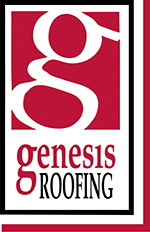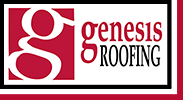Homeowners often face a common predicament that affects the longevity and aesthetics of their roofs: the growth of mold and algae. These unsightly invaders not only detract from a home’s curb appeal but can also lead to significant roofing damage over time. Understanding the differences between roof mold and algae, as well as their causes, is essential for effective treatment and prevention.

Identifying Roof Mold and Algae
It is important to recognize the visual differences between mold and algae. Roof mold often appears as black or green patches that can spread rapidly across roof surfaces. It thrives in damp and shaded environments, making areas of the roof that are least exposed to sunlight ideal for its growth. Conversely, algae are commonly seen as black-green or sometimes blue-green streaks that are often mistaken for dirt or soot. Algae growth tends to occur in areas with specific weather conditions that favor its spread.
The Causes Behind the Growth
The growth of both mold and algae is encouraged by certain environmental conditions. Mold development is closely associated with moisture, which can be exacerbated by inadequate roofing ventilation or leaking issues that allow water to accumulate. Algae spores, which are airborne, typically find their way onto roofs from nearby bodies of water or other infected roofs. Once settled, algae only need moisture and light to begin colonizing, making humid seasons a prime time for algae growth.
Health and Structural Impacts
The presence of mold and algae on a roof doesn’t just pose a threat to the home’s aesthetic appeal. Mold can have serious health implications for residents, including allergic reactions and respiratory issues. Structurally, mold can degrade roofing materials over time, leading to weakened roof integrity and potential water damage inside the home. Algae, while less hazardous to health, can cause significant discoloration of roofing materials, diminishing the home’s overall appearance and potentially affecting its resale value.
Effective Treatment Solutions
Addressing mold and algae promptly is crucial. While certain DIY solutions, such as bleach solutions, can offer temporary relief, professional treatment is often necessary for long-lasting protection. Specialized services can not treat mold and algae growth and help prevent future occurrences. Professional cleaning methods and the application of protective coatings can help maintain the integrity and appearance of roofing.
Prevention Tips
Preventative measures against mold and algae include ensuring proper roof ventilation, regular roof cleaning, and trimming overhanging branches to reduce shade and dampness. Additionally, considering roofing materials that are resistant to algae and mold growth can be a wise investment for new construction or when planning a roof replacement.
Genesis Roofing can ensure that your roof continues to protect your home for years to come. To schedule an appointment, call us at (515) 202-1667 or complete the contact form.











